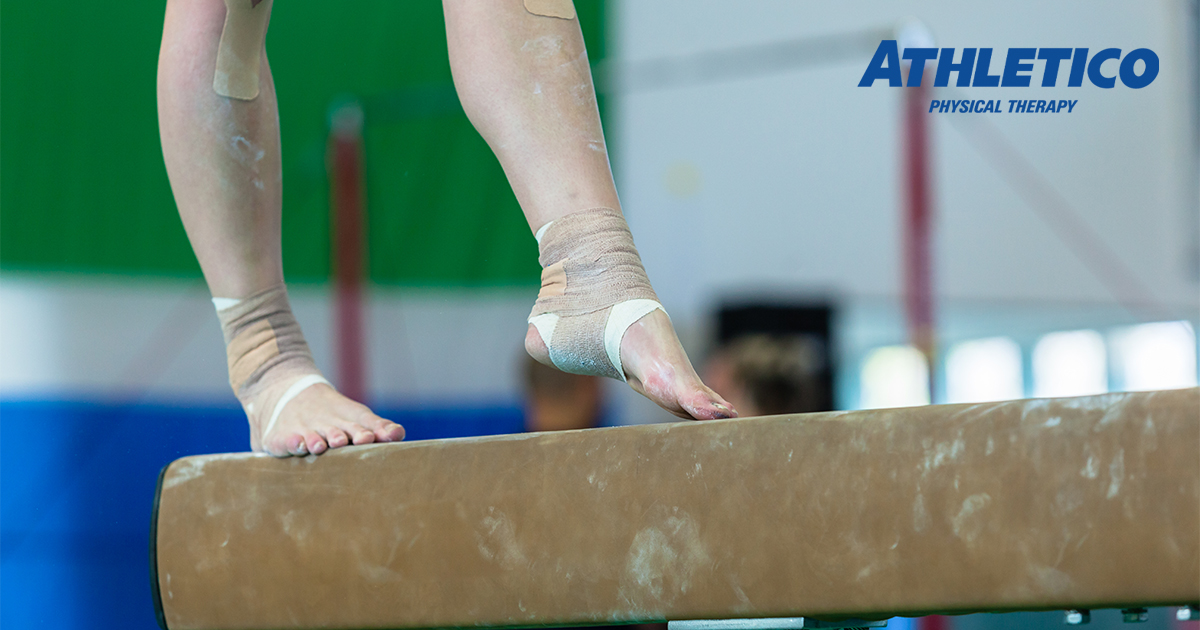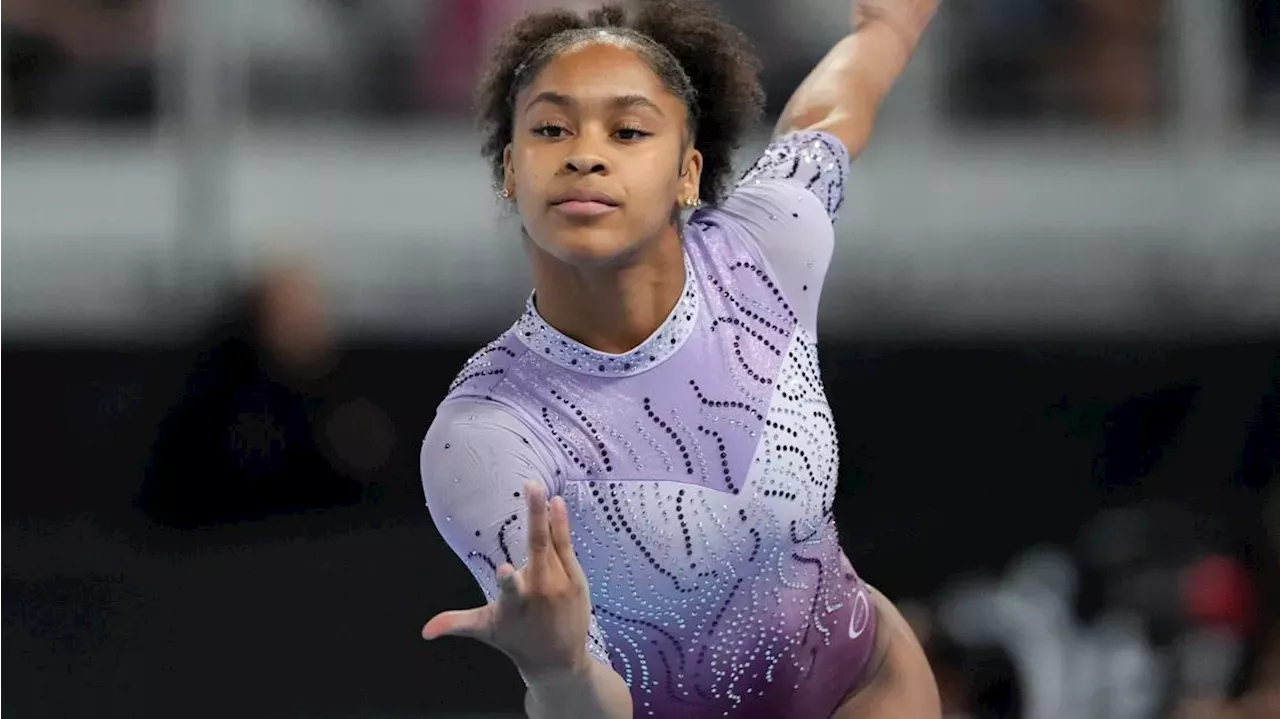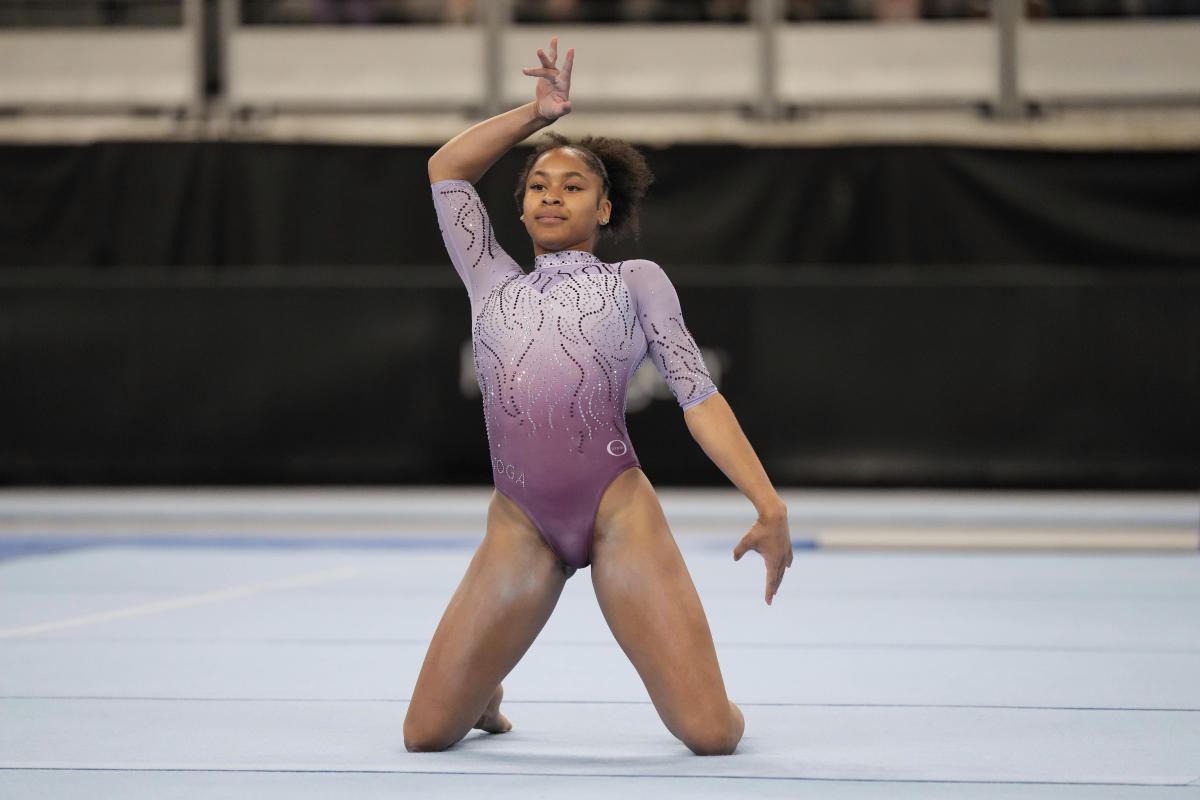Types of Gymnastics Injuries
Gymnastics is a demanding sport that requires athletes to perform complex and often dangerous maneuvers. As a result, gymnasts are at risk for a variety of injuries. The most common types of gymnastics injuries include:
- Sprains: Sprains are injuries to ligaments, the tough bands of tissue that connect bones together. Sprains can occur when a ligament is stretched or torn.
- Strains: Strains are injuries to muscles or tendons, the tough cords of tissue that connect muscles to bones. Strains can occur when a muscle or tendon is overstretched or torn.
- Fractures: Fractures are breaks in bones. Fractures can occur when a bone is subjected to too much force.
- Dislocations: Dislocations occur when a bone is forced out of its normal position. Dislocations can be very painful and can damage the surrounding tissues.
The causes of gymnastics injuries can vary depending on the type of injury. However, some of the most common causes include:
- Overuse: Overuse injuries are caused by repetitive stress on a particular body part. Overuse injuries can occur when an athlete trains too hard or too often.
- Improper technique: Improper technique can put excessive stress on the body and increase the risk of injury. For example, gymnasts who do not land properly after a jump may be at risk for ankle sprains.
- Inadequate warm-up: Warming up before exercise helps to prepare the body for activity and reduce the risk of injury. Gymnasts who do not warm up properly may be at risk for strains and sprains.
| Injury Type | Description | Causes |
|---|---|---|
| Sprains | Injuries to ligaments | Stretching or tearing of ligaments |
| Strains | Injuries to muscles or tendons | Overstretching or tearing of muscles or tendons |
| Fractures | Breaks in bones | Excessive force on bones |
| Dislocations | Bones forced out of normal position | Excessive force on joints |
Prevention and Treatment of Gymnastics Injuries

Gymnastics is a demanding sport that requires strength, flexibility, and coordination. However, it also comes with a high risk of injury. Gymnasts can take several measures to prevent injuries, including warming up properly, using proper technique, and conditioning their bodies.
Treatment options for gymnastics injuries vary depending on the severity of the injury. Minor injuries can often be treated with rest, ice, and compression. More severe injuries may require surgery or physical therapy.
Injury Prevention Strategies
– Warm up properly before each workout.
– Use proper technique when performing exercises.
– Condition your body by doing strength training and flexibility exercises.
– Listen to your body and take breaks when you need them.
– Get enough sleep and eat a healthy diet.
– Wear appropriate clothing and shoes.
– Use safety equipment, such as mats and spotters.
Recovery from Gymnastics Injuries

Gymnastics injuries can take time to heal, depending on the severity of the injury. The recovery process typically involves a combination of rest, rehabilitation, and a gradual return to training.
Rest is essential in the early stages of recovery to allow the injured tissues to heal. This may mean taking a break from gymnastics activities or modifying your training to avoid putting stress on the injured area. Rehabilitation exercises can help to strengthen the muscles and tissues around the injured area and improve range of motion. These exercises should be performed gradually and under the guidance of a physical therapist or other healthcare professional.
Physical Therapy
Physical therapy plays a vital role in the recovery process from gymnastics injuries. A physical therapist can assess the injury, develop a treatment plan, and provide guidance on how to perform rehabilitation exercises. Physical therapy can help to improve range of motion, strength, and flexibility, and can also help to prevent further injuries.
Other Treatments, Gymnastics injuries
In addition to rest, rehabilitation, and physical therapy, other treatments may be necessary to help recover from gymnastics injuries. These treatments may include:
- Medication to relieve pain and inflammation
- Ice therapy to reduce swelling
- Heat therapy to promote circulation
- Massage therapy to relax muscles and improve range of motion
- Acupuncture to relieve pain and promote healing
The recovery process from gymnastics injuries can be challenging, but it is important to be patient and follow the advice of your healthcare professional. With proper care, most gymnasts can make a full recovery and return to training and competition.
The world of gymnastics is not without its risks, as gymnasts often push their bodies to the limit. Gymnastics injuries can range from minor sprains and strains to more serious injuries like fractures and dislocations. It is important for gymnasts to be aware of the potential risks and to take steps to prevent injuries, such as warming up properly and using proper technique.
As the excitement for the women’s gymnastics olympic trials 2024 builds, it’s important to remember the risks associated with this demanding sport. Gymnastics injuries can range from minor sprains to severe fractures, with the most common areas affected being the wrists, ankles, knees, and spine.
Understanding these risks and taking appropriate precautions can help athletes stay healthy and perform at their best.
